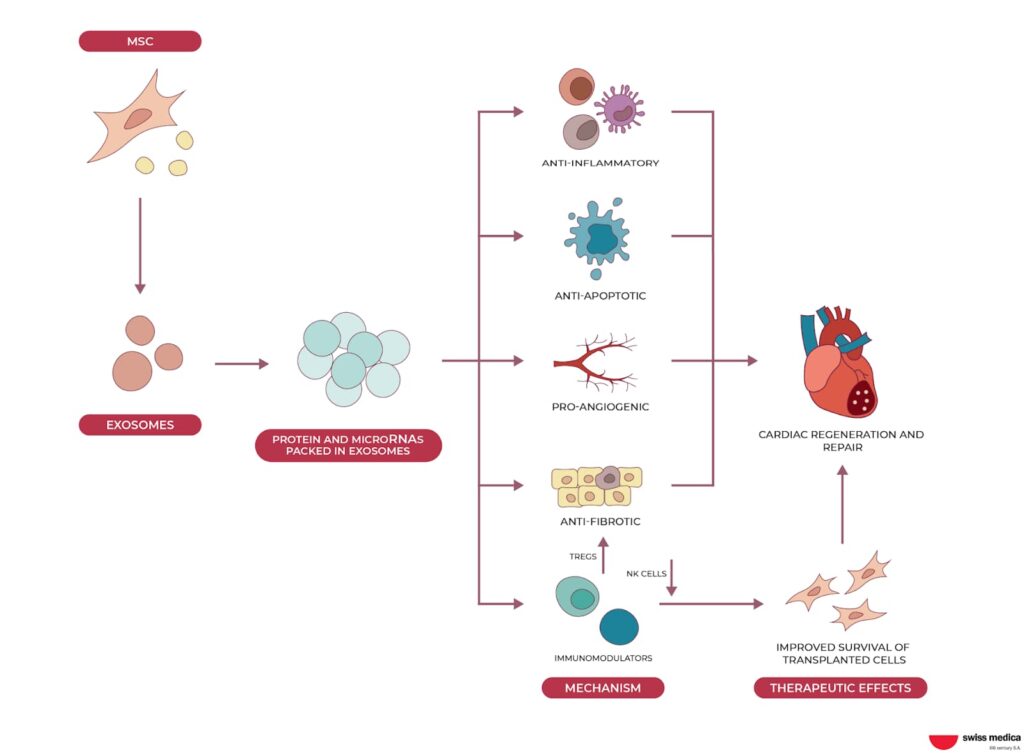Table of Contents
The authors note difficulties that stay, consisting of raising the engraftment success and cell survival. Due to the fact that the ISCI and Miller College are leaders in this field, the authors likewise emphasize the requirement to standardize definitions and outcomes steps in the field. "The Hare Lab stays at the forefront of pioneering brand-new therapies in this critical clinical domain.
Currently we are exploring just how to harness such stem cells to assist individuals heal their own damaged hearts."The study is guided by the Cedars-Sinai Heart Institute, with the cooperation of the Johns Hopkins College, where Dr. Marbn functioned prior to joining Cedars-Sinai in 2007. The 24 people taking part in the research have hearts that were damaged and scarred by cardiac arrest.

It takes about 4 weeks for the cells to increase to numbers sufficient for healing use, about 10 to 25 million. In the third and last action, the now-multiplied stem cells are re-introduced into the person's coronary arteries during a 2nd catheter procedure. All individuals in the study had to have experienced heart assaults within four weeks prior to enrolling in the study project.
Later this summer, it is anticipated that 12 more clients will undertake procedures to obtain 25 million stem cells, while 6 additional people will be kept track of as controls. The initial patient, Kenneth Milles, a 39-year-old controller for a small building and construction company in the San Fernando Valley, experienced a heart strike on May 10 due to a 99 percent clog in the left anterior coming down artery, a significant artery of the heart.
The process to expand the cardiac-derived stem cells involved in the research was developed by Marbn when he was on the professors of Johns Hopkins University. The college has actually declared a license on that copyright, and has actually accredited it to a firm in which Dr. Marbn has an economic interest.

All financing was stemmed from the National Institutes of Health, the Donald W. Reynolds Foundation and Cedars-Sinai Medical Facility. Marbn holds The Mark Siegel Household Foundation Endowed Chair and Supervisor of the Heart Institute.
Are there supportive options for Atherosclerosis with stem cells?
Stem cell treatment for heart failing has actually emerged as a brand-new means to deal with and handle the core of the condition.
Nevertheless, stem cell treatment can aid to minimize symptoms and improve the heart's pumping capacity. This treatment uses the capacity of stem cells to self-regenerate and self-heal. Complying with the admission of stem cell shots for congestive heart failing, several systems enter into play: Stem cells for cardiac arrest promote the development of specialized heart muscle cells and regenerate damaged cells, improving the heart's pumping capacity.
There are numerous types of stem cell treatment for cardiac arrest that have actually acquired approval following a large amount of research. These are kinds of adult stem cells that are obtained from bone marrow, fat tissue, and skin cells. They have cell regenerative and anti-inflammatory properties. These are one of the most common and well-researched sorts of stem cells.
These are acquired from embryos and have the pluripotent potential to transform into any kind of kind of cells, including heart ones. The primary trouble with these cells is that, as they are drawn from embryos, they have many ethical and lawful limitations and are only utilized in specific scenarios. for the factors stated over.
Regenerative support for Heart Failure via regenerative medicine
These cells stem in the heart and are fit to cardiac fixing. Clinical Expert, Swiss Medica medical professional The application and therapy of stem cell treatment consists of five actions: Patients start with an on-line assessment with our clinical advisor and are after that evaluated by a cardiologist, that will certainly get the necessary clinical history, do blood tests, and request imaging studies to figure out whether stem cell treatment for heart failing is a practical option.
We administer stem cells via painless stem cell shots for heart disease. A highly educated doctor will inject processed stem cells right into the blood stream; the entire procedure takes much less than an hour. After ending up the coronary infarction stem cell treatment procedures, our patients will certainly be kept track of for any kind of complications and outcomes.
Navigation
Latest Posts
Can you manage Atherosclerosis in today’s clinics?
Can stem cells help with Atherosclerosis explained
How to access stem cell therapy focused on Atherosclerosis